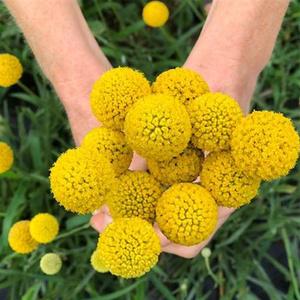Plant Costus, known for its beautiful flowers and medicinal properties, holds a fascinating story. Legend has it that ancient Mayans believed Costus possessed magical abilities to heal ailments and ward off evil spirits. They used it as a powerful ingredient in their sacred rituals and ceremonies. The plant’s unique scent was also said to attract love and passion. Today, Costus continues to be cherished for its captivating history and sought after for its therapeutic benefits, keeping the legacy of the Mayans alive.
Picture
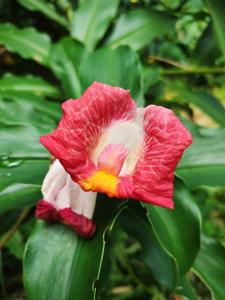
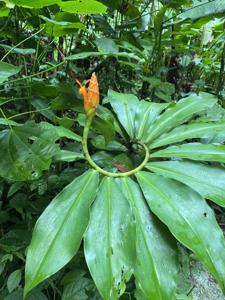
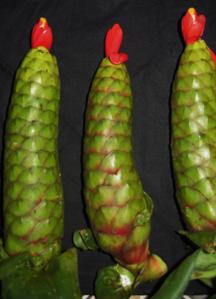
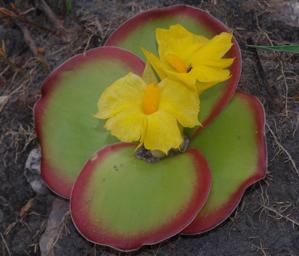
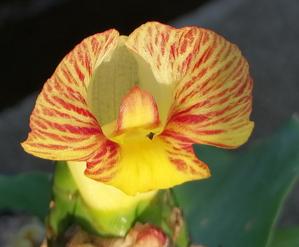
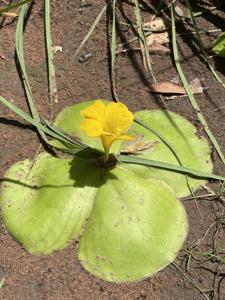
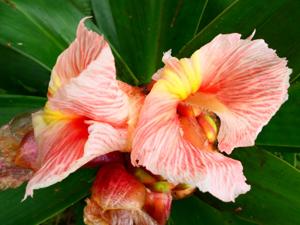
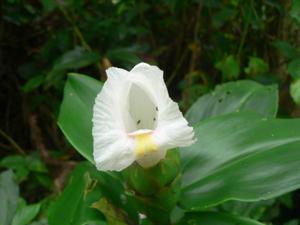
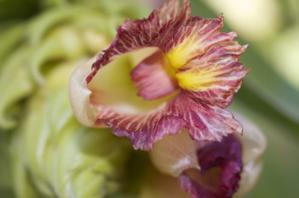
Plant some seeds now!
Short Description
Costus is a group of herbaceous perennial plants in the family Costaceae, described by Linnaeus as a genus in 1753. It was formerly known as Hellenia after the Finnish botanist Carl Niclas von Hellens. It is widespread through tropical and subtropical regions of Asia, Africa, and the Americas.
Costus is often characterized and distinguished from relatives such as Zingiber (true ginger) by its spiraling stems. The genus as a whole is thus often called spiral gingers, but this can also refer to C. barbatus specifically.
Costus spectabilis is the floral emblem of Nigeria; its flowers are represented (erroneously in red instead of yellow color) on its coat of arms.
It is important not to confuse Costus speciosus, C. spectabilis etc. with the herb known by the common name “costus”.
Some species are of importance to herbivores, such as caterpillars of the restricted demon (Notocrypta curvifascia) which feed on Costus speciosus (crêpe ginger). The crêpe ginger is also a source of diosgenin, a compound used for the commercial production of various steroids, such as progesterone. In Trinidad and Tobago, a mix of Costus scaber juice and crushed Renealmia alpinia berries is used to treat dogs bitten by snakes.

